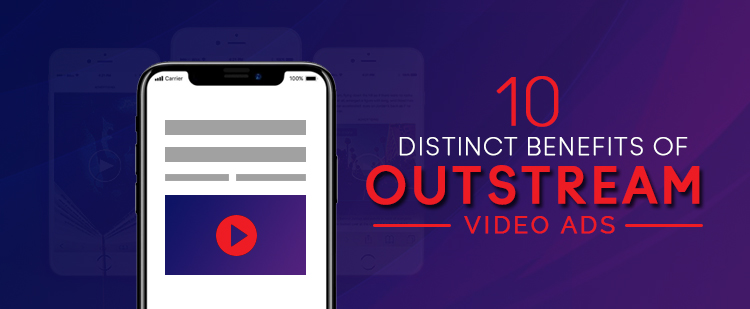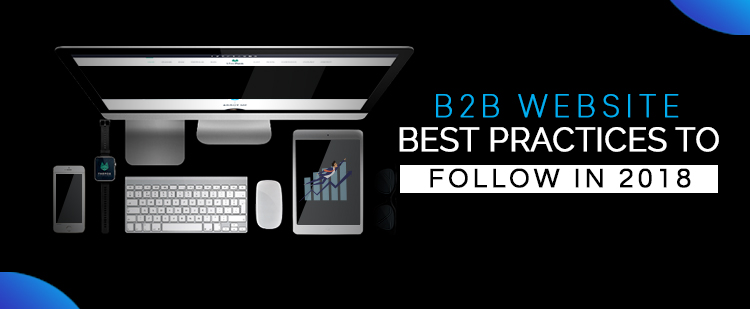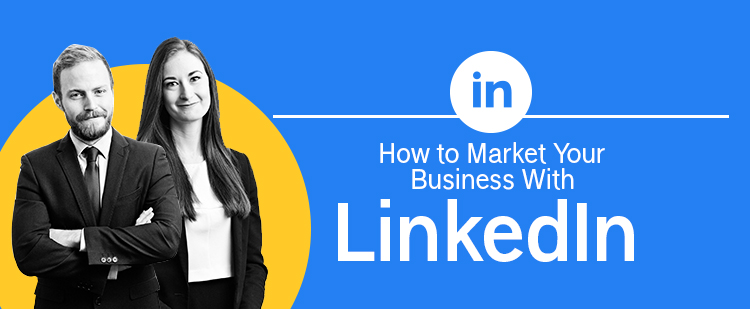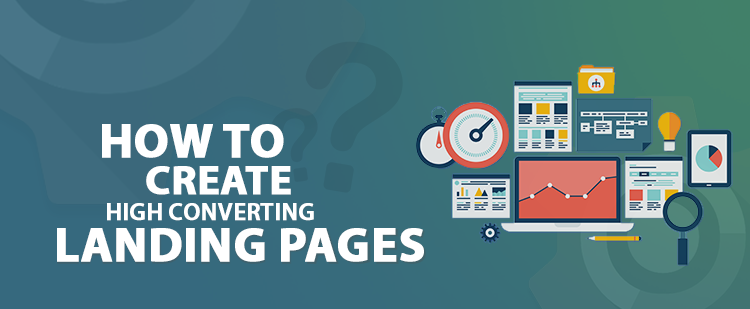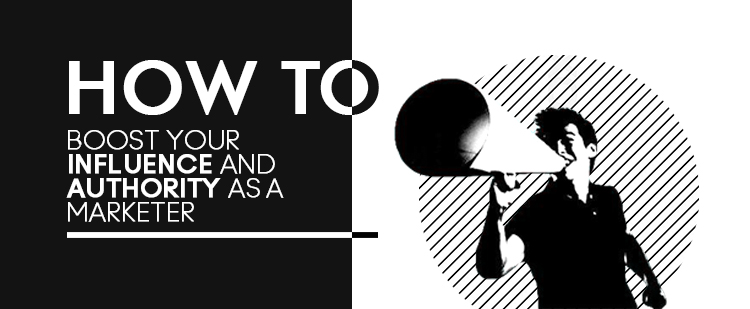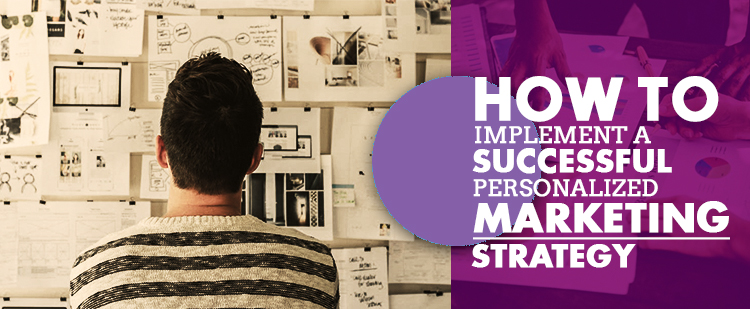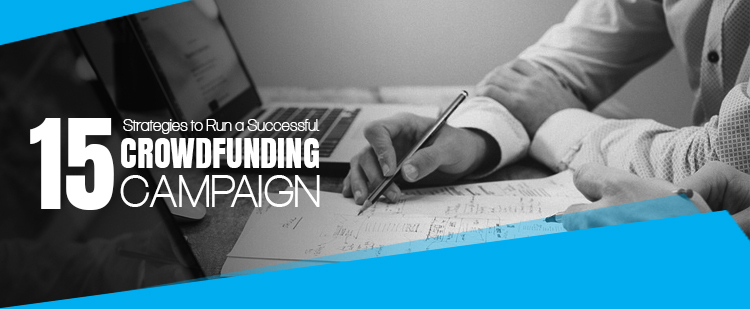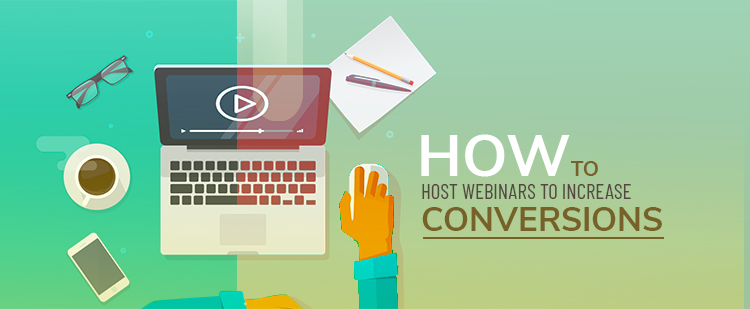As digitization steps in with its innumerable benefits, social media has grown by leaps and bounds. At this crucial point of time, marketing strategies are fast evolving new changes that could bring richer dividends.
Out-stream videos are the latest in this trend to bring in a new type of ad format, which would allow the publishers to display their video ads at different places in the content. Such videos appear in text line or in the web-page corners.
Although, out-stream videos have not gained massive popularity, the usage has now increased rapidly. As the publishers felt hurdles in the past in the creation of ads for the users, out-stream videos have brought a new lease of life, which would benefit both users and advertisers.
Let’s know about ten distinct benefits of out-stream videos.
Out-stream Videos ads- most dependable independent units
Out-stream videos work as independent units without becoming introduction to another video. For this, various distinguished publishers such as Mashable and Rolling Stone have begun using out-stream ads through in-read formats. What does it actually mean? Let’s understand.
When someone is going through an article, he or she would be able to watch an auto-play video. When the reader scrolls down the video, it simply leaves his or her area of vision. It also gives the reader another advantage to unmute the video in case he wants to listen.
Highest monetization of sites- a distinct advantage
Out stream ads allow publishers to monetize their sites without pestering the readers, which is a striking advantage. Moreover such ads have the catchy and cool formats with proven utilities to reach middle ground and bestow opportunity on the publishers to monetize their sites.
With these utilities, such videos would become immensely popular in the world of online video advertising in the upcoming years.
Unique positioning of ads in the editorial content – capable of running in any device
Out-stream ads have great innovative formats, which could position the video advertising in the center of the editorial content. Once the reader gets it inside his vision, the video begins playing. But it starts pausing, once it is less than 50% visible.
And it merges continuously back into the web-page as the reader completes viewing the content. The other distinct advantage of such videos is that it could run in every device, browser, and operating system without any problem.
Best usage in mobiles- handy and convenient
As research has shown already, highest number of readers prefers to read content via cell phones, out-stream ads run excellently on the mobile phones, especially on smart-phones.
Normally people spend more time in looking at the videos in their smart-phones, the out-stream videos have proven their efficacy.
Out-stream ads- more contextual and less insidious
As the customers have always felt that such videos appear almost like organic content, those are not invasive and naturally related to content.
It gives the liberty to the readers to view completely or partially and this advantage certainly adds worth to the overall content presentation, while adding value to the information presented in it.
Publishers enjoy out-stream ads the most- popular with brands, bloggers, and traditional media
Nowadays, all types of brands, bloggers, and traditional media have begun using out-stream video. As earlier, the readers were habitually going through grey text, addition of multicolored videos makes the content visual friendly and for this reason, the readers like to stay on the page for longer time.
Out-stream videos add dimension to story-telling- a new dimension to learning
Such videos have altogether added a new dimension to story-telling. It gives the readers alternative ways to explore. Making the information accessible to every learner, who is having problems such as lower reading skills, shorter spans of attention, and vision impairment, such ads have proven their mettle in the world of online advertising.
New way of presenting information- publishers’ delight
As the publishers have forever looked for ways to present information, out-stream videos have proven their worth in this area.
Just think of the online cooking videos, those are really great sources of passive learning. Watching such videos really adds fun as it is sometimes boring to browse a written recipe.
Unique solution for the marketing needs- complete engagement of audience
Out-stream impressions are completely unique as solutions because those do not come attached to any other content. Unlike You Tube ads, which begin even before the commencement of the videos, the out-streamed ads appear alone in the placement of ads in the articles of the websites.
This endows unique benefits on the ads to grab the attention of the audience, while the ads do not interrupt the viewing experience of the readers.
The advertisers have always found that such ads give great opportunities for their marketing needs. They have opined that such ads give them real opportunities to buy video solutions programmatically as those give better satisfaction to users.
Simply speaking, the business houses find the buying experiences of such ads extremely satisfying as their customers feel less disrupted, while they go through the content of the article.
Behavioral targeting-easier by out-stream ads
The out-stream ads enable the publishers to keep a list of videos to meet the rising demands of people, who want to place good but related ads in their content.
This helps the publishers to make the behavioral study of particular group of users and guides them to identify new chunks of essential users.
The following are the three distinct advantages that out-stream videos certainly bestow on the publishers and readers;
- Improvement in viewing of a content
- Better rate of clicking on the ads
- Greater versatility in the placement of ads in the article
As a result more than 70% of advertisers and 77% of the agencies have found the out-stream ads to be uniquely effective and essential for their purposes.
Literally, such videos have brought a halt to search for new formats for making of videos that could enrich their efforts for developing engaging videos.
